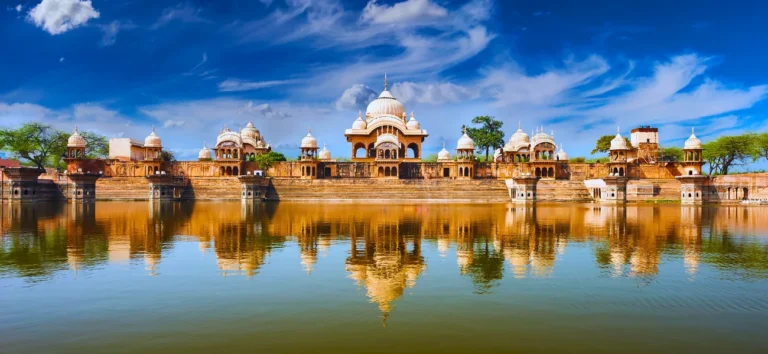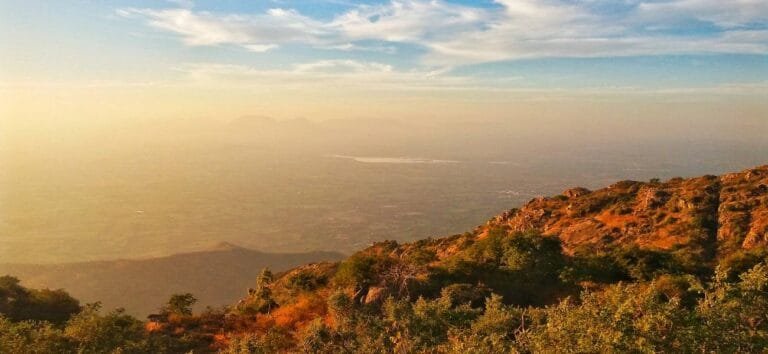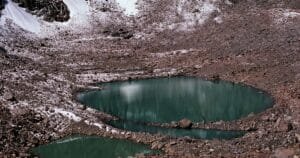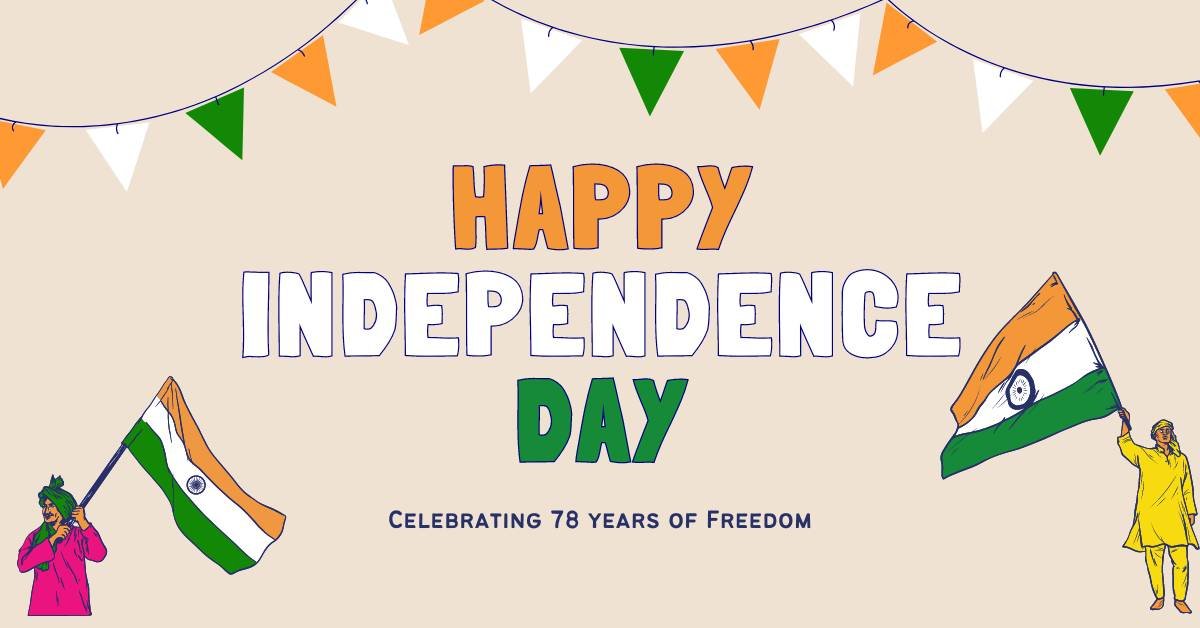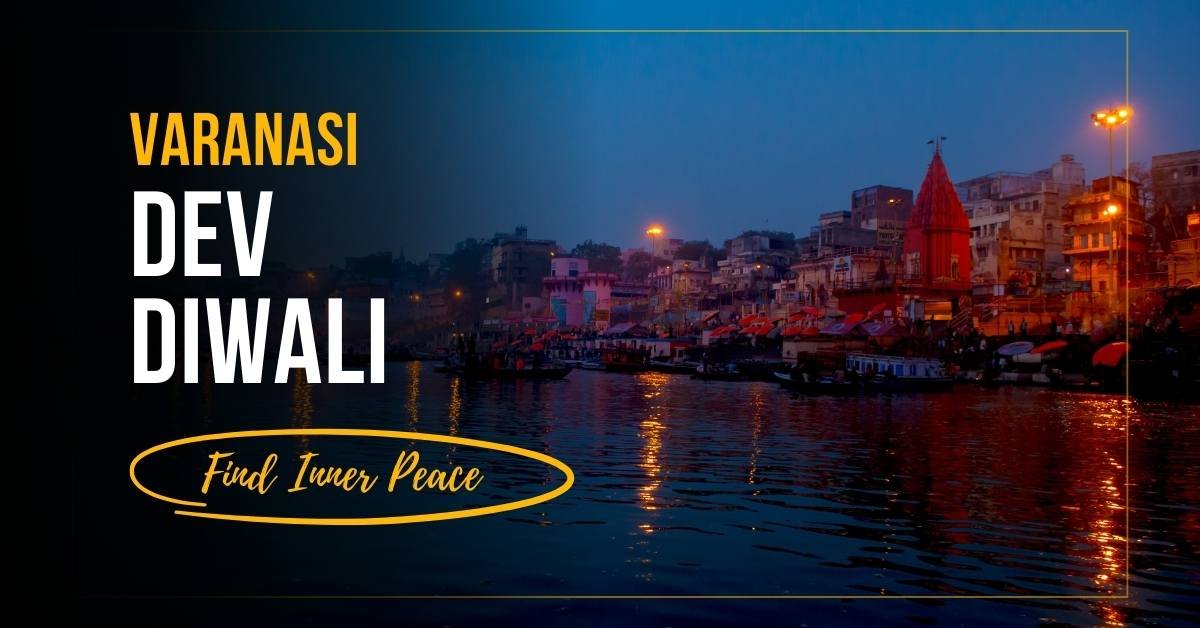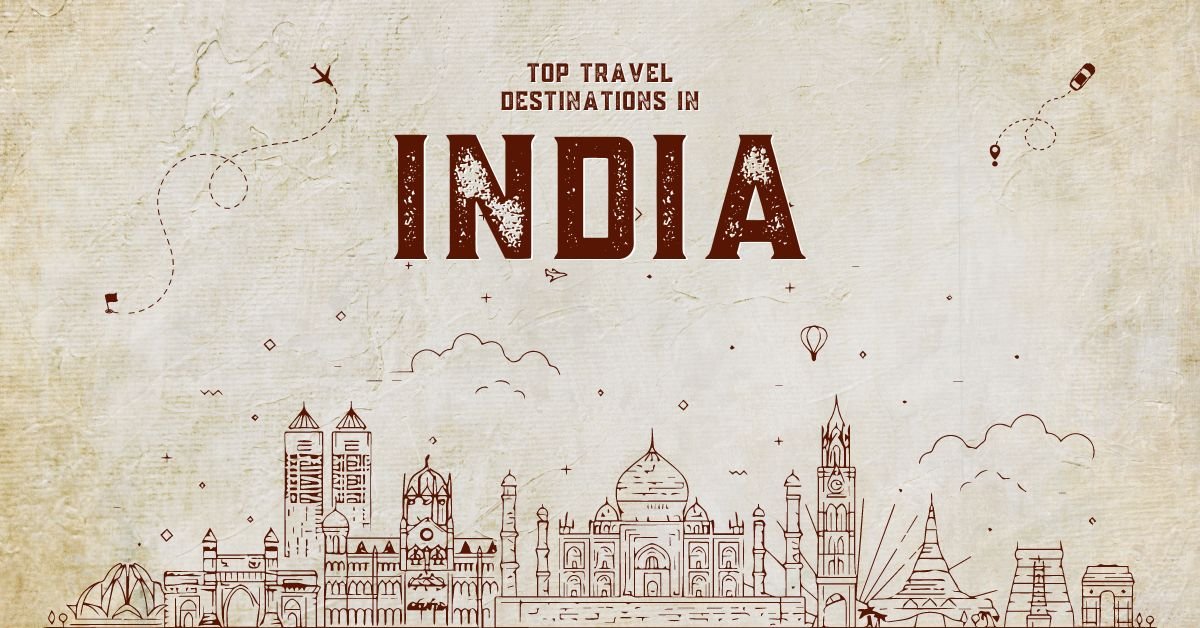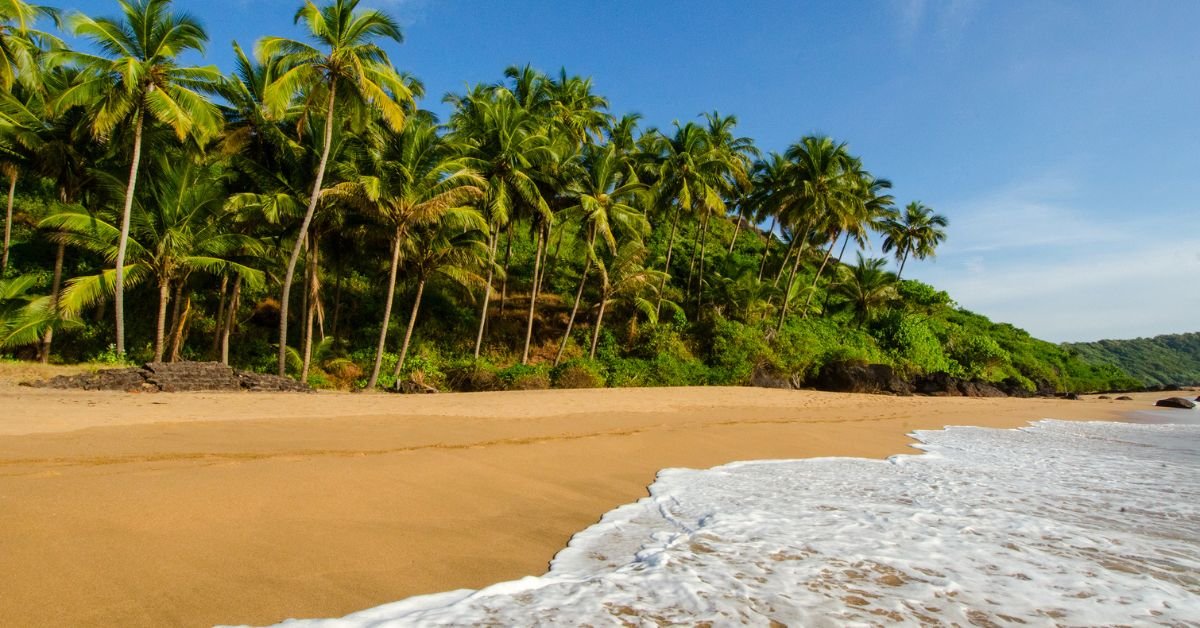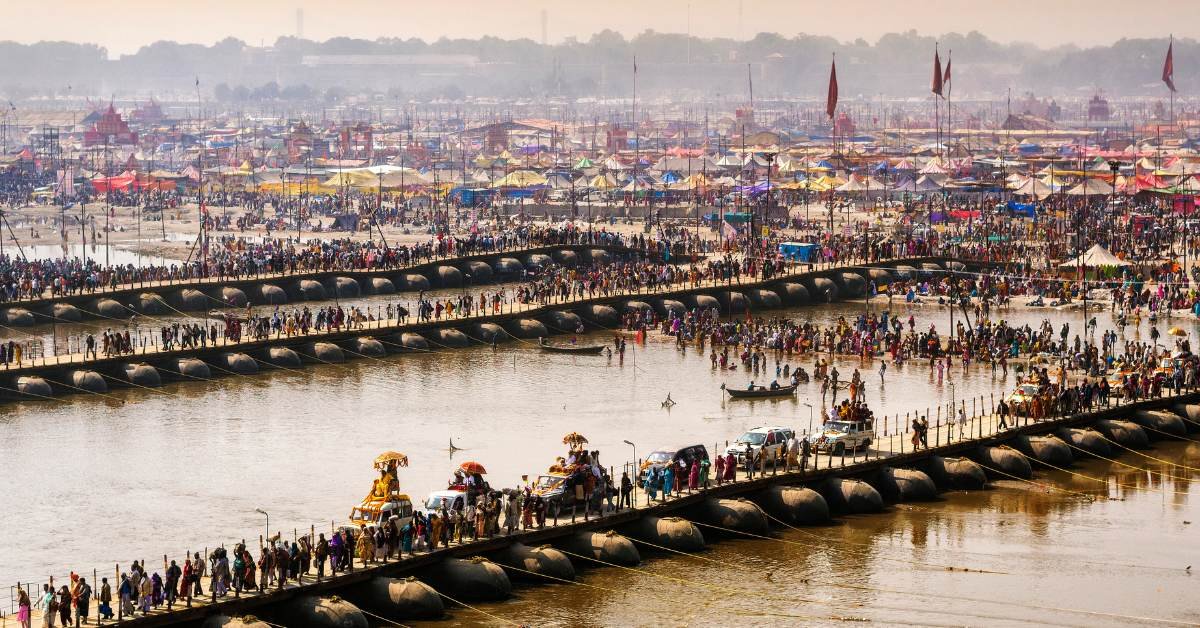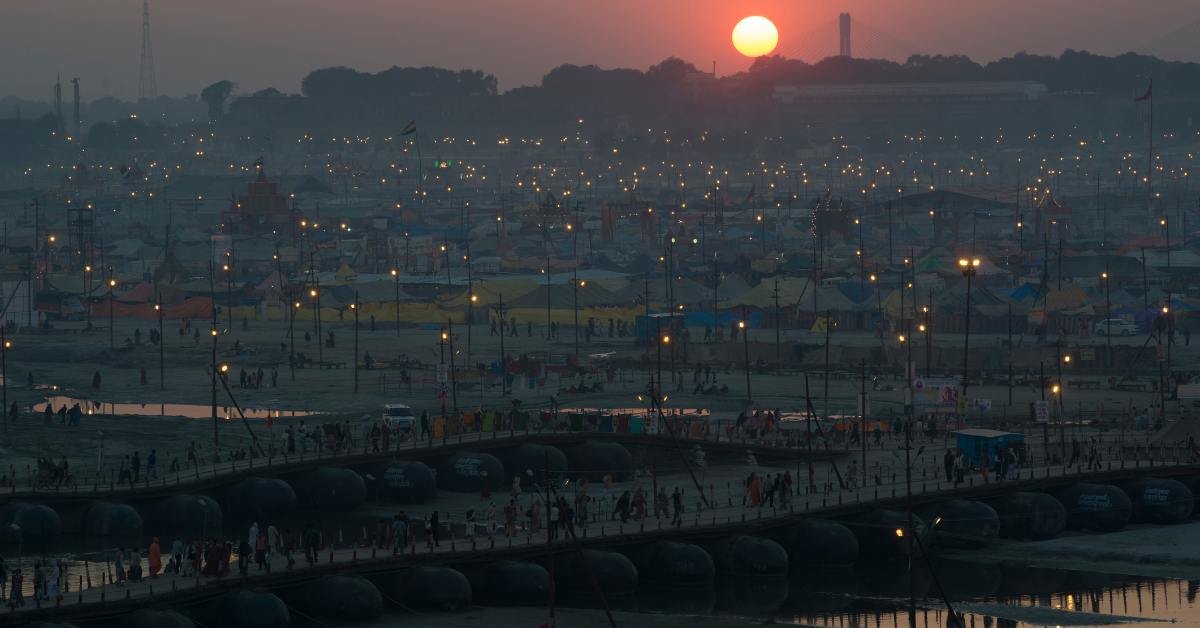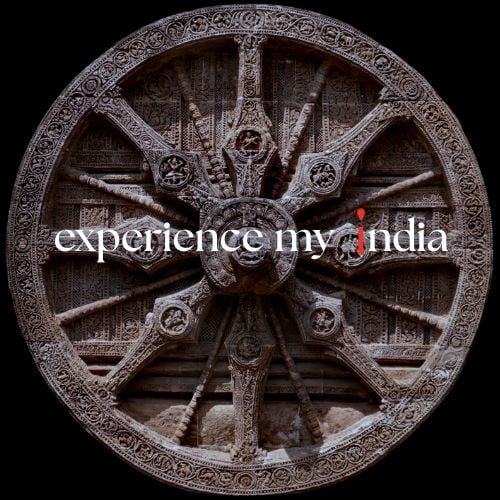Planning a trip to India can be magical, but knowing the best time to visit India is what truly shapes your travel experience. With everything from snowy Himalayas to sunny beaches, lush jungles to sacred deserts, India offers something unique every month. But choosing the right time depends on where you’re going, what you want to do, and how much you’re willing to spend.
Let this detailed guide by Experience My India help you navigate India’s seasons and destinations, so you can make the most of your journey—whether it’s your first time or your tenth.
Table of Contents
ToggleWhere to Go on Your First Trip to India
If it’s your first visit to India, start with the Golden Triangle (Delhi, Agra, Jaipur), Kerala, or Goa. These regions offer a balance of history, nature, culture, and comfort. But your experience depends heavily on when you visit.
- October to March is the best time to visit India for most first-time travelers. The weather is cooler, dry, and ideal for sightseeing.
- Delhi and Agra can get extremely hot in summer (up to 45°C in May–June), so visiting during the winter is advisable.
- Jaipur has pleasant mornings and cool nights from November to February.
- Kerala shines post-monsoon—from September to February. You get lush greenery, cooler temperatures, and perfect houseboat experiences.
- Goa is best between November and February—dry skies, cool beach evenings, and festive vibes.
If you’re looking for a mix of culture, food, shopping, temples, and natural beauty—October to March is the best time to explore India comfortably.
Understanding India’s Climate Zones
India isn’t just one climate—it’s five. Knowing which climate zone you’re entering will help you determine the best time to visit India for your trip.
- North India (Delhi, Agra, Punjab, Rajasthan)
- Summer: Hot and dry (April–June)
- Winter: Pleasant and cool (October–March)
- Monsoon: Moderate to low rainfall (July–September)
- South India (Kerala, Tamil Nadu, Karnataka)
- Summer: Humid and hot (March–May)
- Monsoon: Heavy rainfall (June–September)
- Post-Monsoon & Winter: Best for travel (October–February)
- East India (West Bengal, Odisha, Bihar)
- Summer: Very hot and humid
- Monsoon: Strong rain (June–September)
- Winter: Pleasant and festive (October–February)
- West India (Gujarat, Maharashtra, Goa)
- Best Travel Period: November to March
- Summer: Dry heat
- Monsoon: Heavy in coastal regions (Goa, Konkan belt)
- Himalayan Belt (Ladakh, Himachal, Uttarakhand, Sikkim)
- Best for Snow: December to February
- Best for Trekking: May to July, September to November
- Avoid during Monsoon: July–August due to landslides in high-altitude areas
The diversity of India’s climate means there’s always a good time somewhere—it all depends on your destination.

A Month-by-Month Guide to the Best Time to Visit India
Each month in India offers something special. Here’s a quick breakdown:
- January–February: Cold in the north, perfect for festivals like Republic Day and Bihu. Best time for Rajasthan, Varanasi, and Gujarat.
- March: Springtime; Holi celebrations across North India. Great for Delhi, Mathura, and Uttarakhand.
- April–May: Heat begins; head to Himachal, Kashmir, or Northeast. Off-season prices in Rajasthan and Kerala.
- June–September: Monsoon—ideal for lush landscapes in Kerala, Goa (off-season charm), Western Ghats, and Meghalaya.
- October: Weather clears; start of festive season (Navratri, Durga Puja). Best for Kolkata, Gujarat, and Central India.
- November: Diwali month. Best time for Agra, Pushkar Camel Fair, and spiritual destinations like Varanasi and Ayodhya.
- December: Peak winter travel—snow in north India, vibrant Christmas in Goa, and cultural events in the South.
Plan around these months to align your interests with weather and events.
Festival Tourism – When Culture Comes Alive
Festivals are a vibrant part of Indian life, and aligning your trip with these celebrations can be unforgettable. Some festivals alone make the best time to visit India.
- Holi (March) – Mathura, Vrindavan, Jaipur, and Barsana become the canvas of colors.
- Diwali (October–November) – Streets lit up in Delhi, Varanasi, and Rajasthan.
- Durga Puja (September–October) – Kolkata’s artistic transformation is unmatched.
- Pushkar Camel Fair (November) – Rajasthan’s unique rural fest with camels, colors, and culture.
- Onam (August–September) – Kerala’s boat races and floral traditions.
If you’re looking to immerse in Indian culture, plan around festival dates—these are peak months for spiritual and cultural joy.
Nature & Wildlife Travel – When the Forest Calls
India is home to 100+ national parks and wildlife sanctuaries. But each one has a peak visiting time.
- Ranthambore & Bandhavgarh (Madhya Pradesh) – Best between February and June (hot, but tigers are more visible).
- Kaziranga (Assam) – November to April is ideal to spot rhinos.
- Periyar (Kerala) – November to March is comfortable for lake safaris.
- Jim Corbett (Uttarakhand) – November to June; safaris operate in dry weather.
Avoid monsoons—most parks shut down between July and September due to rain and poor visibility.
Beach Bliss – Sun, Sea, and Sand
If your idea of a vacation is lounging by the sea, sipping coconut water, and enjoying sunsets, India has multiple beach destinations. But timing matters.
- Goa – November to February is best for sunbathing and parties.
- Andaman Islands – December to April is ideal for diving, snorkeling, and coral watching.
- Kerala Beaches (Varkala, Kovalam) – December to March offers dry, breezy beach days.
- Pondicherry – October to March is pleasant for French-inspired cafe hopping and beach walks.
Avoid peak monsoon (June–August) in beach areas, especially Goa and the West Coast.
Hill Stations and Snow Getaways
India’s hill stations are perfect summer escapes or winter wonderlands. Here’s when to go:
- Shimla, Manali, Mussoorie – May to July (summer escape), December to February (for snow).
- Kashmir & Gulmarg – Best from April to October for greenery, December to February for snow sports.
- Darjeeling & Sikkim – April to June and October to November.
- Munnar, Ooty, Coorg – October to March is ideal for misty landscapes and coffee plantations.
For snow: December to Feb. For trekking and lush views: March to July or post-monsoon September–October.
Off-Season & Budget Travel Tips
Want fewer crowds and lower prices? Travel in India’s shoulder seasons:
- April–May: Off-season in cities and plains. Get great hotel deals in Rajasthan, Delhi, and South India.
- Monsoon (June–September): Cheaper flights, discounted hotels, and lush surroundings in Kerala, Goa, Meghalaya.
- Travel Tips:
- Book in advance for winter (Oct–Feb), especially around festivals.
- Use local trains and buses to reduce internal travel costs.
- Stay in heritage homestays or eco-resorts for authentic, affordable experiences.
The best time to visit India on a budget? April, early June, and September offer a sweet spot between comfort and cost.
Matching the Time with the Purpose of Travel
Still not sure when to go? Match your interest with the season:
- Cultural & Historical Tours: October to March (Delhi, Agra, Jaipur, Varanasi)
- Spiritual Journeys: All year round depending on location (Ayodhya in winter, Kedarnath in summer)
- Wellness & Ayurveda: Monsoon (June to September) is best in Kerala for Panchakarma therapies.
- Adventure Travel: March to June and October (trekking, paragliding, river rafting)
- Food Tours: November to March (India’s street food is safer and tastier in dry weather)
There’s always a “best time to visit India,” depending on what your soul is looking for.
FAQs – Best Time to Visit India
1. What’s the overall best time to visit India for tourists?
October to March is considered the most comfortable for exploring most regions.
2. When should I visit India for snowfall?
December to February—visit places like Auli, Gulmarg, and Manali.
3. Is summer a good time to visit?
Not ideal for the plains due to heat, but great for mountains like Himachal, Ladakh, and Sikkim.
4. When does the monsoon season occur in India?
From June to September, bringing lush greenery but also heavy rain in most parts.
5. Can I travel during the monsoon?
Yes! Visit Kerala, Coorg, or Meghalaya for a refreshing monsoon experience.
6. What’s the best time for wildlife safaris?
October to April, especially in national parks like Ranthambore and Kaziranga.
7. Are festivals a good time to travel in India?
Absolutely! But book hotels and travel early—festivals attract large crowds.
8. When is the best time to visit India on a budget?
April–May and September–early October are off-season with great discounts.
9. Which months are best for beach vacations in India?
November to March is ideal for Goa, Andaman, and South Indian beaches.
10. How far in advance should I book my India tour?
Book at least 2–3 months in advance if traveling in peak season (October–March).
Final Thoughts – Your Time, Your India
India isn’t just a place—it’s an experience. The sights, colors, flavors, festivals, and natural beauty will stay with you for life. But all of it depends on when you choose to visit. With the right planning, guided by trusted experts like Experience My India, every season can be your best season. Let us help you find your perfect travel window.
Contact Experience My India Today:
📞Call Us: +91 7037550028
📲WhatsApp Us: +91 7037550028
🌐Visit Our Website: Experience My India
Contact us now to plan your dream itinerary based on your interests, budget, and the best time to visit India.


